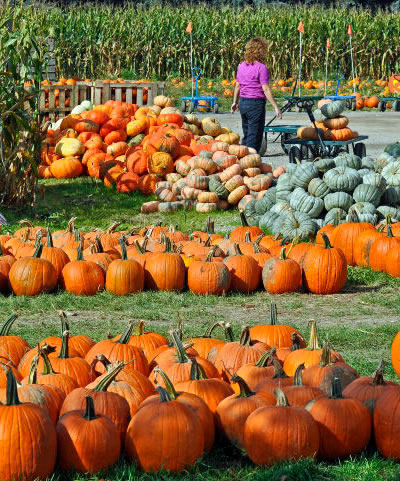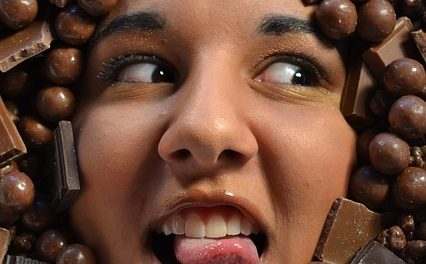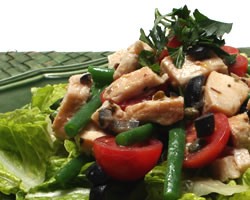Selecting a Pumpkin
The most popular use of pumpkins is for decoration as jack-o-lanterns. When selecting a pumpkin for cooking, the best selection is a "pie pumpkin" or "sweet pumpkin." These are smaller than the large jack-o-lantern pumpkins and the flesh is sweeter and less watery. However, you can substitute the jack-o-lantern variety with fairly good results.
Look for a pumpkin with 1 to 2 inches of stem left. If the stem is cut down too low the pumpkin will decay quickly or may be decaying at the time of purchase. Avoid pumpkins with blemishes and soft spots. It should be heavy, shape is unimportant. A lopsided pumpkin is not necessarily a bad pumpkin. Figure one pound of raw, untrimmed pumpkin for each cup finished pumpkin puree.
Preparing the Pumpkin
Spread newspaper over your work surface. Start by removing the stem with a sharp knife. If you are planning to roast the pumpkin seeds, smash the pumpkin against a hard surface to break it open. If not, cut in half with a sharp knife. In any case, remove the stem and scoop out the seeds and scrape away all of the stringy mass. A messy job, but it will pay off.
Cooking the Pumpkin
Boiling/Steaming Method: Cut the pumpkin into rather large chunks. Rinse in cold water. Place pieces in a large pot with about a cup of water. The water does not need to cover the pumpkin pieces. Cover the pot and boil for 20 to 30 minutes or until tender, or steam for 10 to 12 minutes. Check for doneness by poking with a fork. Drain the cooked pumpkin in a colander. Reserve the liquid to use as a base for soup. Follow the steps outlined below in Preparing the Puree.
Oven Method: Cut pumpkin in half, scraping away stringy mass and seeds. Rinse under cold water. Place pumpkin, cut side down on a large cookie sheet. Bake at 350F for one hour or until fork tender. Then follow the procedure outlined below in Preparing the Puree.
Microwave Method: Cut pumpkin in half, place cut side down on a microwave safe plate or tray. Microwave on high for 15 minutes, check for doneness. If necessary continue cooking at 1-2 minute intervals until fork tender. Continue as outlined below in Preparing the Puree.
Preparing Pumpkin Puree
When the pumpkin is cool enough to handle, remove the peel using a small sharp knife and your fingers. Put the peeled pumpkin in a food processor and puree or use a food mill, ricer, strainer or potato masher to form a puree.
Pumpkin puree freezes well. To freeze, measure cooled puree into one cup portions, place in ridged freezer containers, leaving 1/2-inch headspace or pack into zip closure bags. Label, date and freeze at 0F for up to one year.
Use this puree in recipes or substitute in the same amount in any recipe calling for solid pack canned pumpkin.
Nutrition
The bright orange color of pumpkin is a dead giveaway that pumpkin is loaded with an important antioxidant, beta-carotene. Beta-carotene is one of the plant carotenoids converted to vitamin A in the body. In the conversion to vitamin A, beta carotene performs many important functions in overall health.
| ||||||||||||||||||||||||||||||||||||||||||||||||||||||||||||||||||||||||||||||||||||||||||||||||||||||||||||||
University of Illinois









